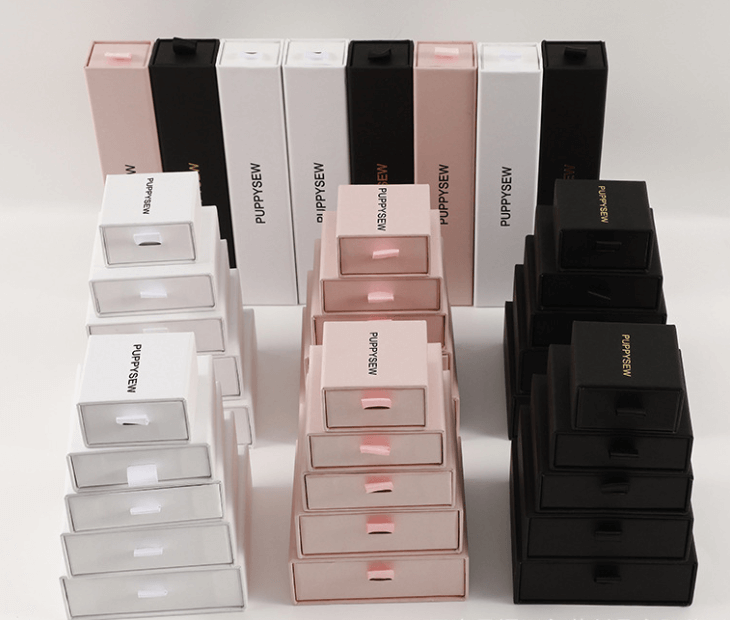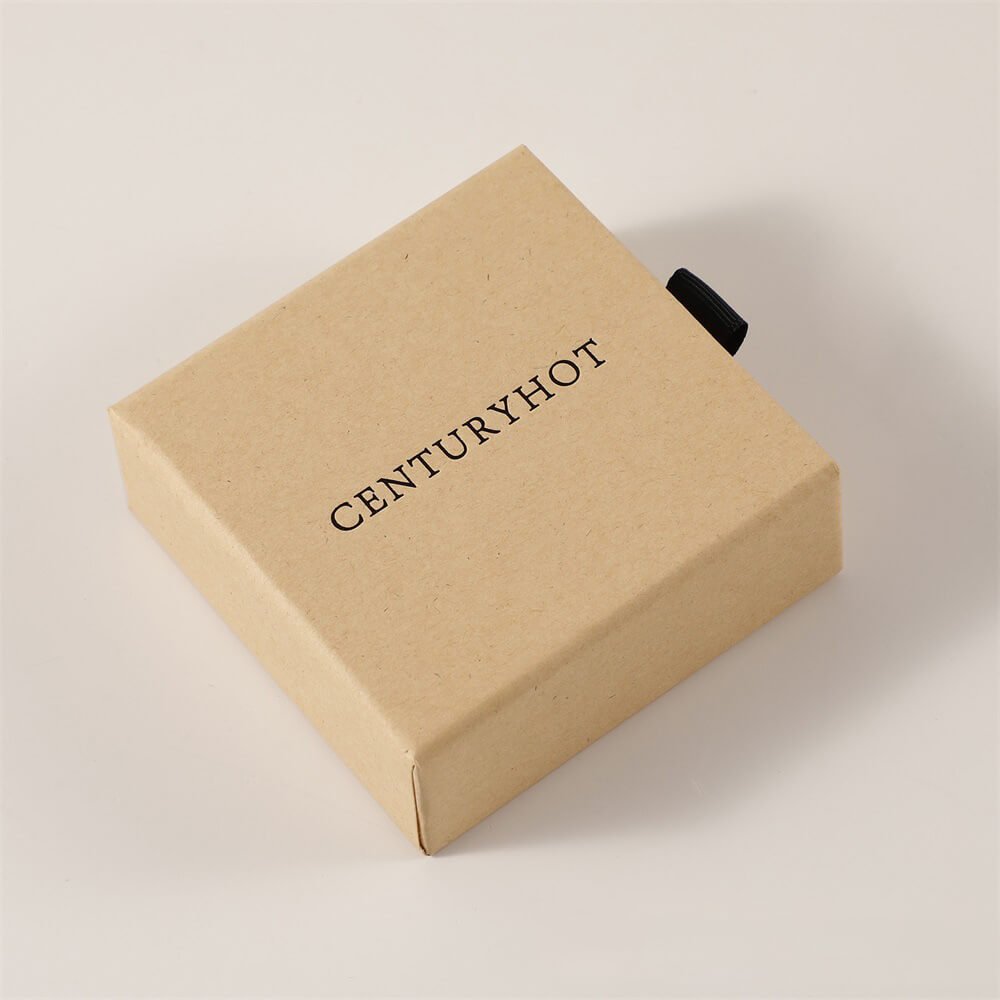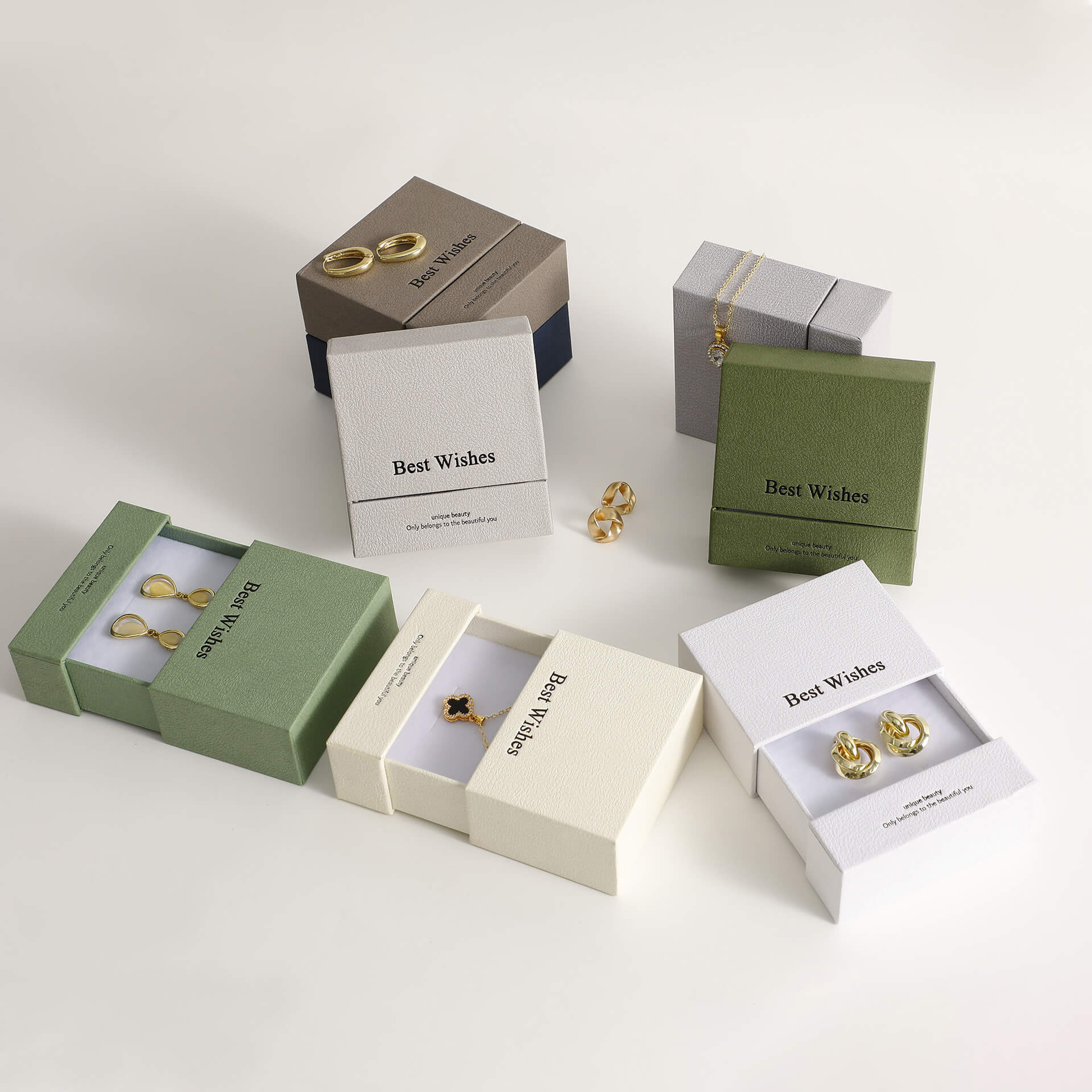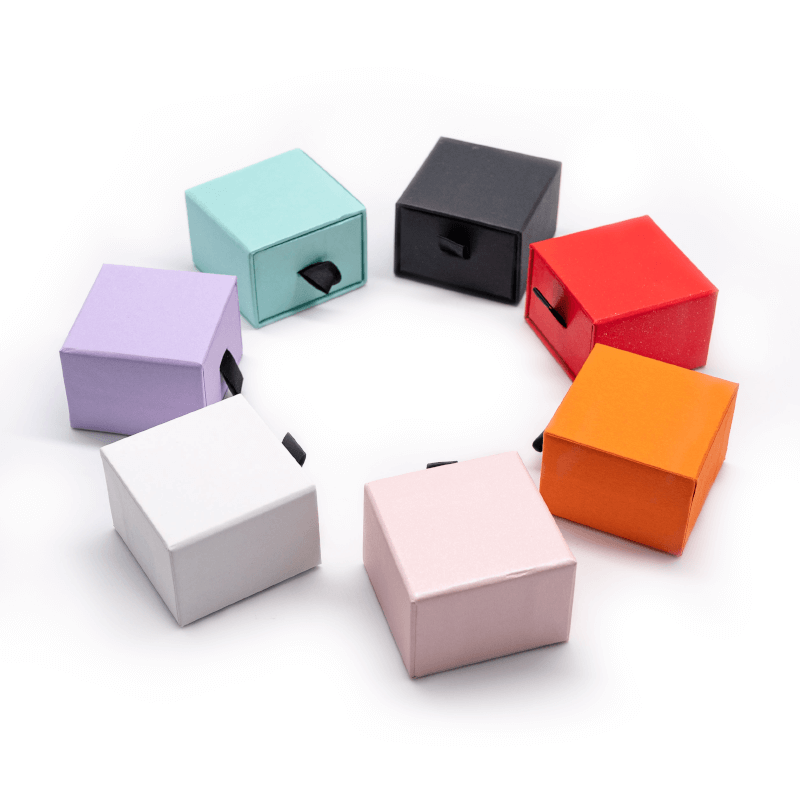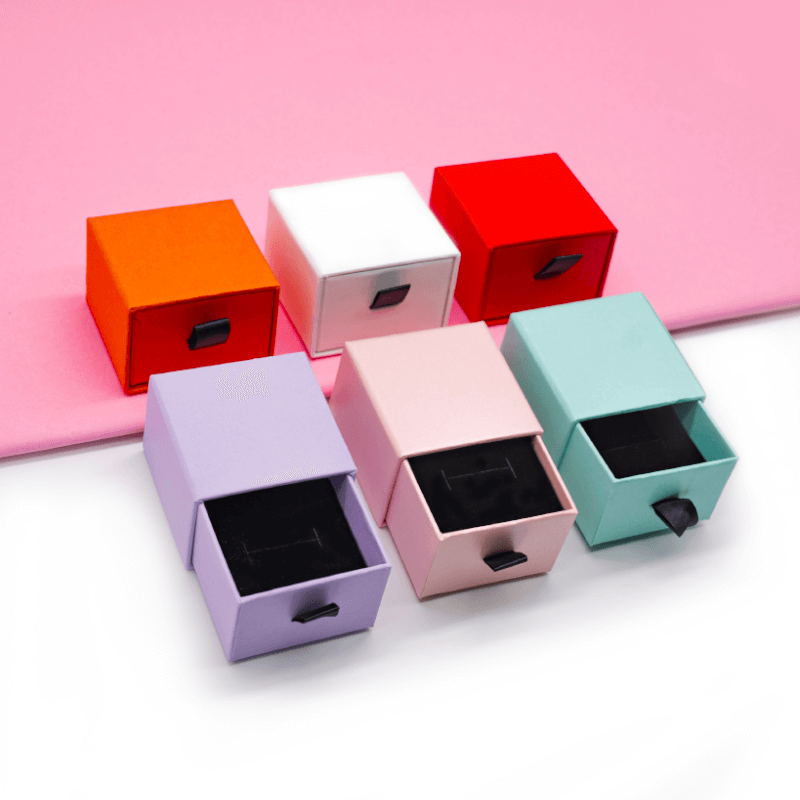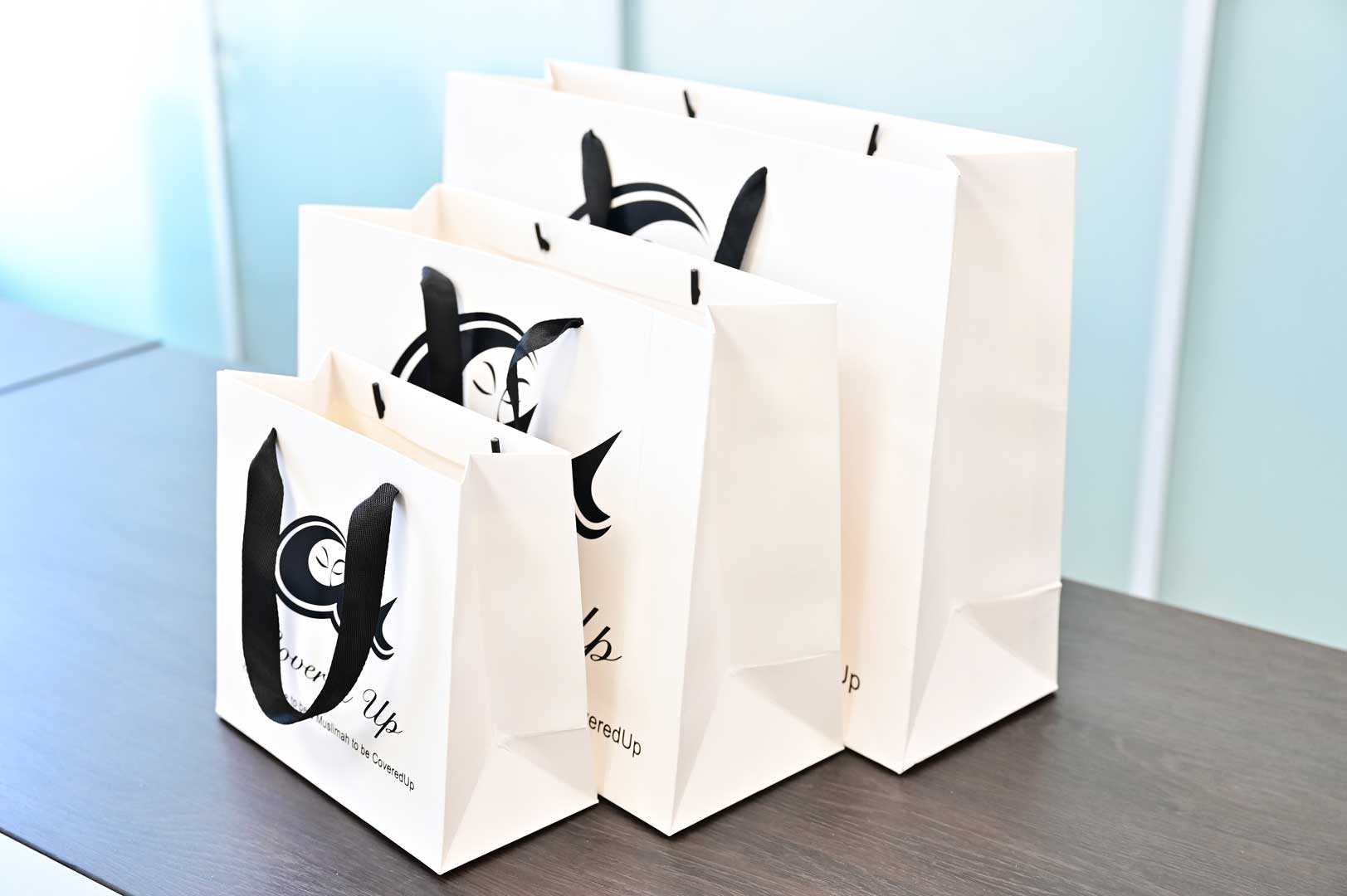Retail in 2025 is defined by budget pressure, polarized consumer expectations, and a faster digital funnel. Winners make value obvious, remove friction from fulfillment, and create memorable experiences—while keeping costs and waste in check. Packaging is a frontline lever for all three.
Trend 1: Two Ways Shoppers Define “Value”
A growing share of customers chase lowest total cost, while another segment pays more for better experience, quality, or format. Both care about value—just in different languages.
Move with packaging
- Print unit value cues (price per unit/ounce) and “Good/Better/Best” markers right on shelf trays, belly bands, or front panels.
- Use premium but minimal finishes (one: soft-touch, foil, or deboss) to justify trade-up without bloating cost.
- Offer multi-pack or larger formats with clear savings callouts for value seekers.
Trend 2: Polarization in Retail Performance
Essential, functional categories continue to outperform discretionary niches. Shelf space is earned by clarity and speed, not flair alone.
Move with packaging
- Simplify facings and copy: two benefit bullets, one strong visual.
- Design shelf-ready packs (PDQ/half-tray) that drop in and sell—target ≤90 seconds from carton to planogram.
- Standardize UPC/price label zones so stores can set faster with fewer errors.
Trend 3: Services and Memberships Monetize the Margin
Subscriptions, pickup, rapid delivery, and loyalty perks keep revenue flowing even when discretionary spend is uneven.
Move with packaging
- Reserve a QR panel that lands shoppers on membership or reorder pages.
- Add return-ready tabs and reseal options for programs that rely on hassle-free exchanges.
- Use serialized stickers or loyalty codes under lids for post-purchase engagement.
Trend 4: Private Label Goes Both Value and Premium
Retailers expand private brands simultaneously at the entry price point and in premium tiers with elevated ingredients or design.
Move with packaging
- Build a shared dieline family across sizes/SKUs to control plate/tooling costs.
- Refresh seasons with sleeves and stickers, not new base prints.
- Keep one premium cue (foil crest, textured paper) for top tier; keep entry tier strictly mono-material and recyclable.
Trend 5: Back to Lean Inventory—with Better Tools
RFID, forecasting, and automated replenishment make low stock, fast turn a reality again. Packaging must support quick changeovers.
Move with packaging
- Use modular inserts so one box fits multiple variants.
- Print batch/SKU panels on outer cartons for rapid DC intake.
- Pre-define reorder points and print them on warehouse labels (quiet cue for ops teams).
Trend 6: Digital and Mobile Keep Pulling Demand Forward
Mobile discovery, social commerce, and ship-from-store keep rising. Damage, dim weight, and slow packouts kill conversion.
Move with packaging
- Right-size mailer boxes and reduce air space to cut dimensional weight.
- Add pulp or board inserts for shock and scuff control; keep materials mono-stream.
- Include a second barcode/return label zone to cut touches in reverse logistics.
Sustainability 2.0: Credible, Measurable, Recyclable
Green claims without substance won’t pass retailer or consumer scrutiny.
Packaging standards to adopt
- Prefer FSC-capable or recycled boards and water-based coatings.
- Engineer mono-material structures to improve recovery rates.
- Print clear recycling icons and disposal notes on pack; avoid full-coverage lamination.
- Use recyclable windows or paper windows where visibility matters.
E-Commerce & Store Ops: One Design, Two Routes
A single design system should serve shelf and parcel with minimal variation.
Dual-route blueprint
- Retail path: display box + PDQ tray + transport outer; pre-placed price/UPC zones.
- Parcel path: gift-grade display box + right-size mailer + return label zone; same core dieline, different outer.
Cost Engineering: Four Levers You Control
- Paper & flute tuning to stack height and lane—no overspec.
- Finish swaps: water-based varnish + one highlight effect beats full lamination on cost and recyclability.
- Shared tooling & gang runs to spread plate costs across SKUs.
- Flat-ship & fast pop-up structures to lower freight and labor.
Quality Gates That Prevent Surprises
- Incoming board checks → first-article sign-off → in-run color/glue audits → AQL at packout.
- Drop/stack/vibration sampling per lot with photo evidence.
- Outer-carton labels: SKU, batch, quantity, barcodes—DCs process faster with standardized side marks.
Quick Wins Checklist
- Good/Better/Best markers on pack or tray
- QR panel hooked to membership/reorder
- Shelf-ready PDQ with ≤90s setup target
- Mono-material, water-based finish callout
- Return-ready feature for parcels
- Shared dielines + sleeve updates for seasons
- Reorder points on warehouse labels
- Right-size mailers + molded pulp/board inserts
Example Bundles
Retail Bundle
- Window or bold-front display box
- PDQ/half-tray with label zones
- Transport outer sized to planogram
E-Commerce Bundle
- Gift-grade display box (inside print optional)
- Right-size corrugated mailer
- Board/pulp insert + return label zone
Premium Gift Bundle
- Rigid soft-touch or foil-accent box
- Ribbon or belly band
- Message card + heavyweight gift bag
FAQs
How do we signal value without looking cheap?
Use a simple value bar (unit savings, multi-pack math) plus one premium finish. Clarity sells; restraint feels upscale.
Can one box serve multiple variants?
Yes—design a shared outer with modular inserts or sleeves. That’s faster to update and cheaper to stock.
What’s the fastest path to a seasonal launch?
Lock a base dieline, prototype once, then change visuals with sleeves/stickers. Book production 8–10 weeks before on-shelf.
How do we reduce returns for e-commerce?
Stiffen edges, add an insert, and keep outer dimensions tight. Include a clean return label zone to remove friction.
Treat packaging as your operating system for 2025—it must communicate value, collapse friction, and create moments worth remembering. Start with a shared dieline family, add sleeves for seasonality, right-size your mailers, and put loyalty in the QR. Do these four things, and you’ll feel the lift in revenue, reviews, and replenishment speed—without losing control of cost or sustainability.

